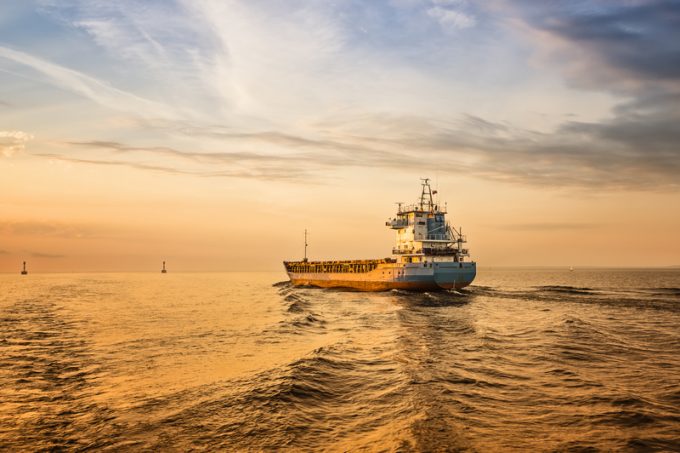'Rollercoaster' Asia to NAWC capacity is increasingly unstable
The Transpacific market is “a rollercoaster ride” according to one major carrier, and data indicates ...

The major container lines plying the Asia to Europe and transpacific tradelanes have yet to announce their winter slack season blanking programmes, prompting concerns of significant overcapacity.
Having withdrawn a number of sailings this month to mitigate weak post-Golden Week demand, carriers are understood to be uncertain ...

Comment on this article